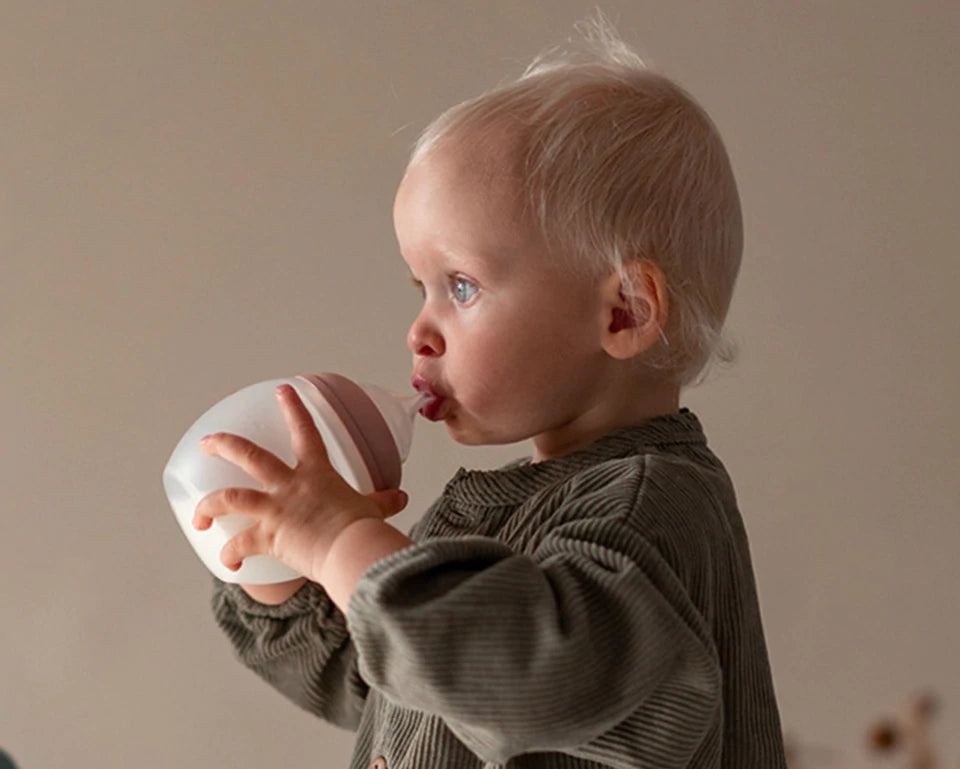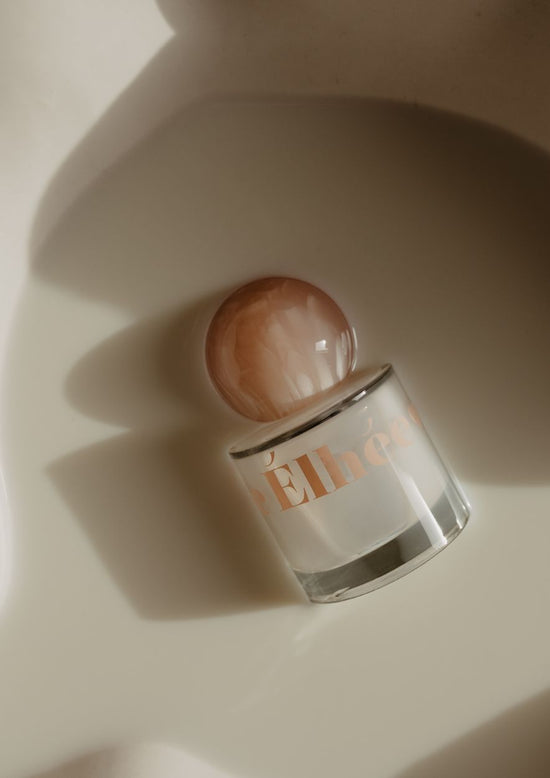Every parent wants what is best for their child. But in the jungle of products offered on the early childhood market, you often have to be courageous before finding the perfect item that meets the needs. needs of your baby.
When a mother wants to wean her child, she instantly thinks about this new life after breastfeeding that awaits her and her baby.
- What will baby eat?
- Should you wean your little one overnight?
- Which bottle after breastfeeding would be best?
- Does the period look complicated?
We answer all your questions !
The best bottle after breastfeeding
If your little one already knows about baby bottles and has already had the opportunity to drink them, then the transitioning from breastfeeding to exclusive bottle feeding should not pose too much of a problem. Baby already knows the taste, smell and texture of the container in which you prepare powdered milk.
If you have not yet given your child a bottle, it is preferable to opt for a bottle capable of best reproducing the sensations experienced during breastfeeding. Choose a soft, odorless, preferably physiological pacifier (flat on one side and rounded on the other) which will allow baby not to be too disoriented.
A bottle reproducing the shape of its mother's breast is also a innovation which you can find in our range of Elhée products. There silicone material is soft (like peach skin!) and provides a feeling of immediate well-being to handling.

So that your child is not put off by the idea of no longer having the breast on hand, it is important that each meal is both soothing and fun moments!
THE Play is undoubtedly part of your child's learning. A baby bottle, whether decorative, malleable, or even colored, allows you to capture the attention of your baby and to encourage him to be interested in the bottle that you hand him.
Is it really useful to remind you that a good bottle, whether or not it is intended to feed your child after breastfeeding, should be systematically free of materials that are toxic to a child?
By definition, you should therefore not feed your child if the bottle poses risks to baby's health due to pathogens. such as bisphenol A, BPA… In short! Very harmful and carcinogenic plastic microparticles.
Bottle after breastfeeding: for gentle weaning!
Weaning your child, either because you want to, or because things are not going as planned, or because your child seems to lose interest in your breast, is an important step in your child's life and yours. . It deserves all the necessary attention!
If you are wondering how to wean your child, know that for things to go as smoothly as possible, it is advisable to proceed gently , reducing milk intake from the breast. First, at a rate of one or two fewer feedings per day, then gradually increasing this figure, until you have completely weaned your baby.
If your baby asks for a drink at the same rate as before, try to distract him by playing with him, going out for a walk or leaving him with your partner or his dad. Offer him water instead of the breast to be sure that the reason for his request is not thirst.
If each attempt at diversion proves in vain, offer him the breast as a last resort and see if another feeding will not be less important for him depending on the time of day.
You can also offer him freshly expressed breast milk (thawed breast milk may have a different and unsuitable taste at the start of weaning).
Expressing your milk and giving it to baby in a bottle suitable for post-breastfeeding helps to avoid rushing your baby less. Thus, baby always benefits from his mother's milk, which constitutes one less trauma for cases where artificial milk will be unwelcome.
Sometimes, it's not the bottle itself that's the problem! So check that the brand of industrial milk is well accepted by your child before using the bottle or pacifier.
It is very important that the chosen bottle does not emit any odor. stronger likely to alter the flavor of breast milk, thus risking the failure of the stratagem.

How to get started with dietary diversification?
Pediatricians will often advise you to start food diversification at six months of your baby . The older your child is, the lower the risk of misdirection (choking)...
However, it is not uncommon to note that among the most alert babies, many squint at their parent's plate from four months, or even before! However, always scrupulously respect the recommendations of the medical profession.
Once your child is ready, you can choose their prepare small dishes yourself, always finely mixed and without pieces for the first months. At first, don't be surprised if your baby doesn't finish his meals! One to two spoonfuls will be more than enough to calm his little stomach and his unwavering curiosity.
For first courses, you don't have to mix different vegetables and herbs. Giving unique flavors to enable him to identify tastes and Name the food you feed him.
- carrot,
- potato,
- butternut,
- pea,
- glass beans,
- beet,
- Yam,
- parsnip,
- banana,
- prunes,
- strawberry,
- pear,
- fishing,
- apricot,
- etc.
Do not add salt or pepper for the first few weeks. You can add a very light drizzle of vegetable oil (olive, rapeseed, nuts, etc.) to the preparations. Start with foods that are low in sugar, rather than the other way around! The opposite scenario is likely to disappoint baby who will have become accustomed to more vibrant flavors.
If baby refuses spoons, don't insist. Maybe he hasn't figured out how to open his mouth properly yet. You can pour a little of your milk in his porridges and purees so that each spoonful seems closer to what he is used to eating.
If you are not a fan of cooking, store-bought -organic dishes preferably- are a very good alternative. Don’t hesitate to taste them to reassure yourself.
Teams of dietitians work daily in partnership with French market gardeners to meet the needs of your baby. Most major brands such as:
- Nestle,
- Blédina,
- HIPP,
- Babybio,
- Yooji...
offer quality products to multiple flavors.
You can also choose to give in the evening if baby is tired of soups in a bottle following your breastfeeding. Here again, you can cut them with milk, either breast milk or powder if baby is reluctant to drink.
Be careful in this case about the choice of pacifier : all the flow rates are not worth each other. They must be adapted to the texture of the liquids given to your child so as not to increase the risk of misuse.
Article summary :
If you choose to stop breastfeeding and are looking for a bottle that works as soon as you finish breastfeeding, here is what you need to remember most:
- Choosing a bottle reproducing a breast-feeding situation.
- If necessary, continue the breastfeeding pump for a while to make it easier to take the bottle.
- Start dietary diversification gradually and with the agreement of your pediatrician.
Whatever the context, breastfeeding should never be an obligation and must stay a pleasure for every mom. Weaning your child and choosing to give him a bottle does not constitute a crime (nor does breastfeeding for a long time!). This step should therefore not make mothers feel guilty.
Elhée helps women make the best choices while respecting the health and well-being of babies. Discover our story by clicking on this link !





